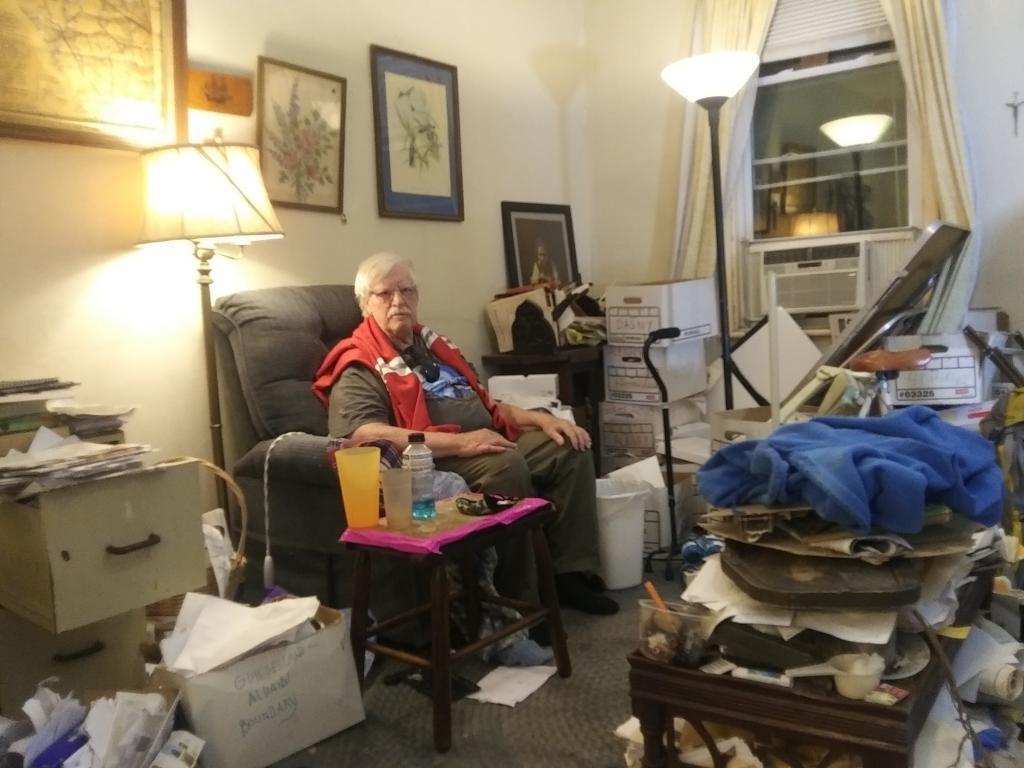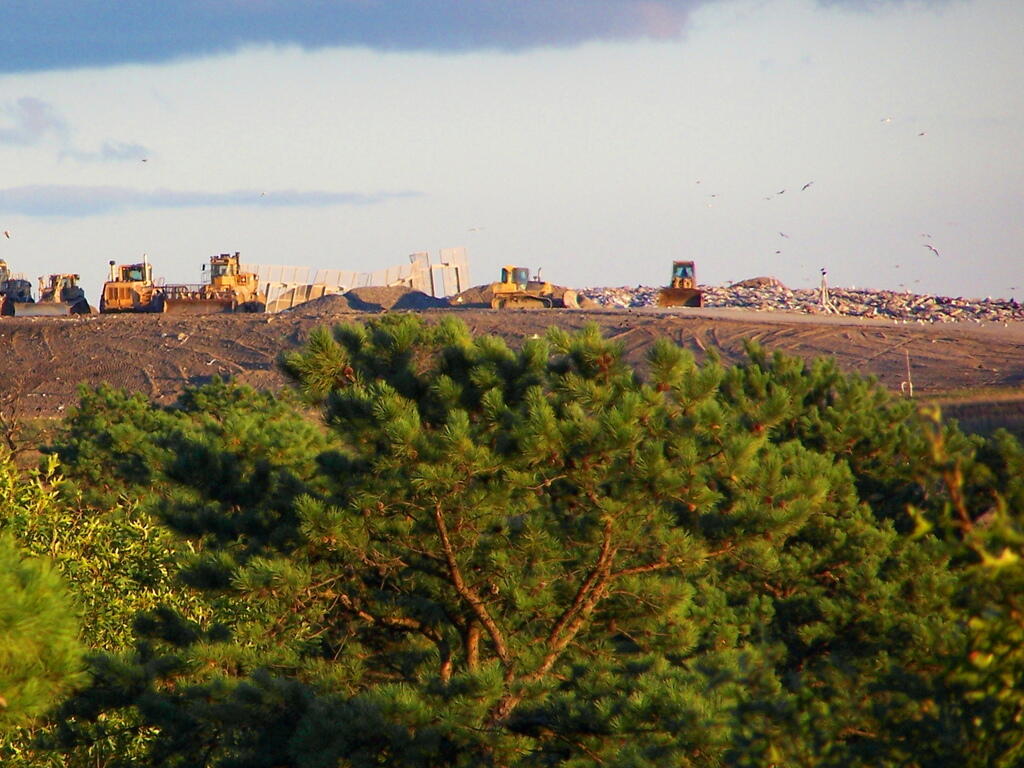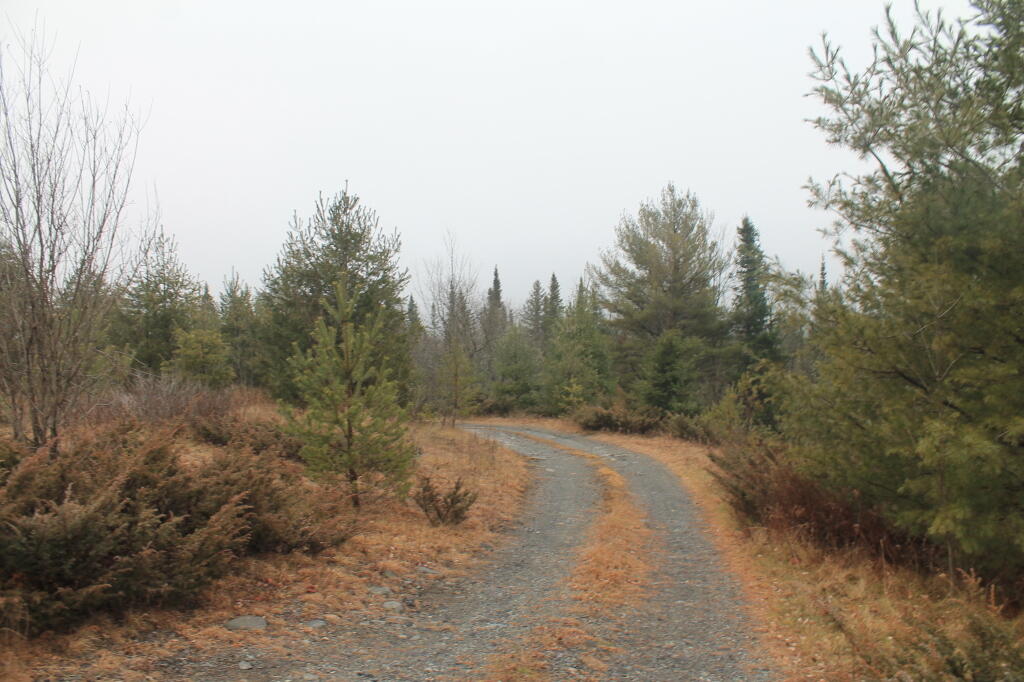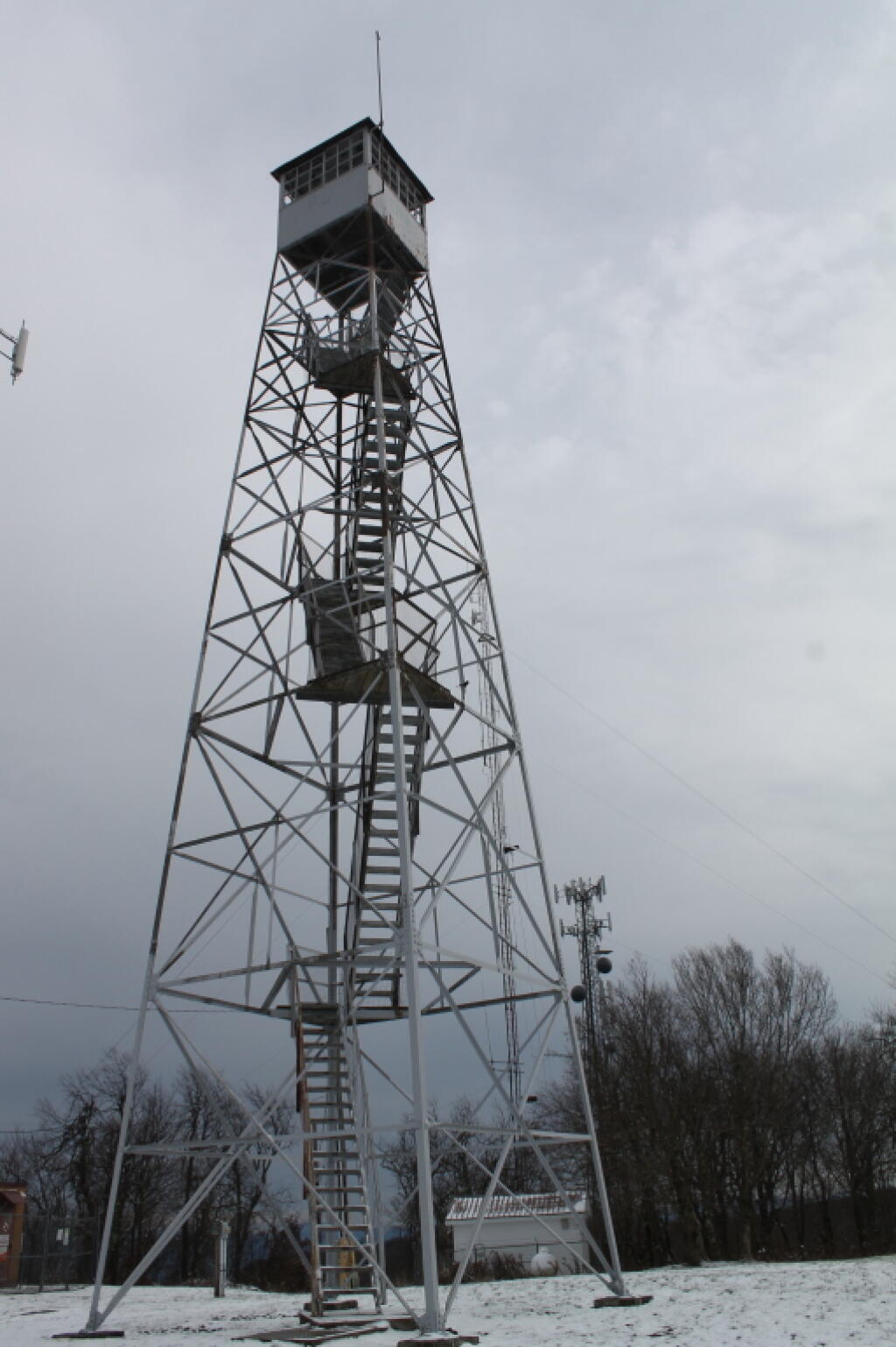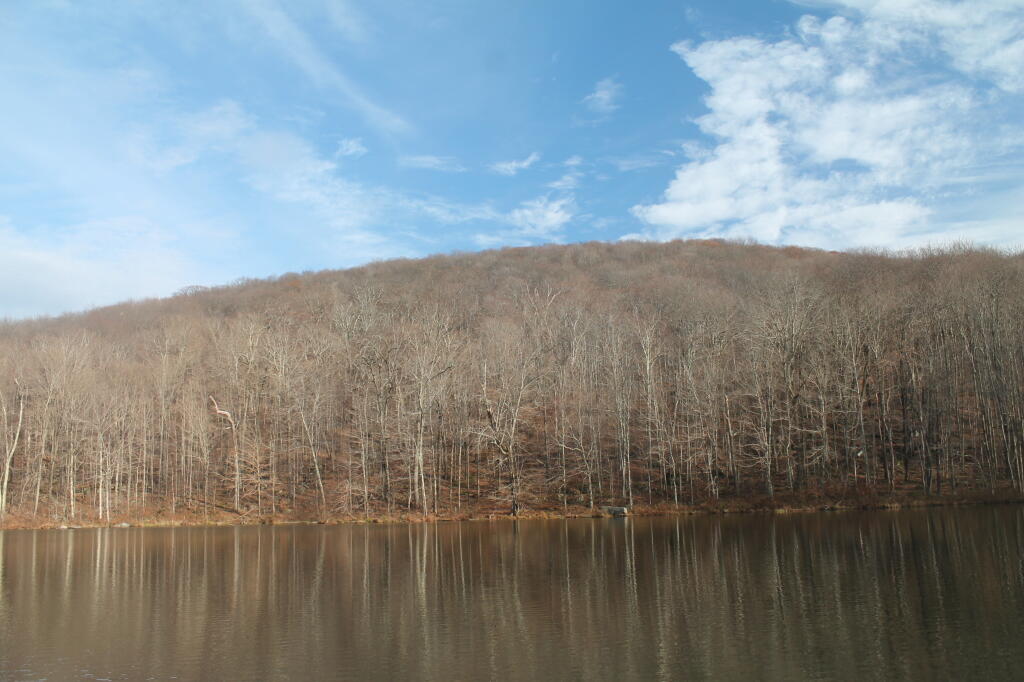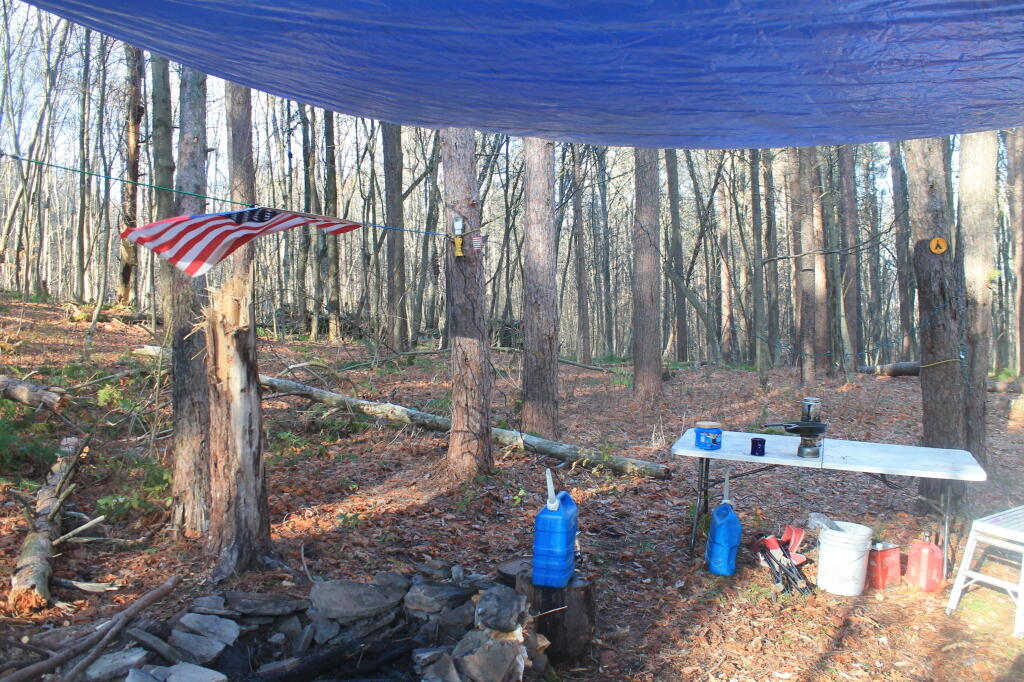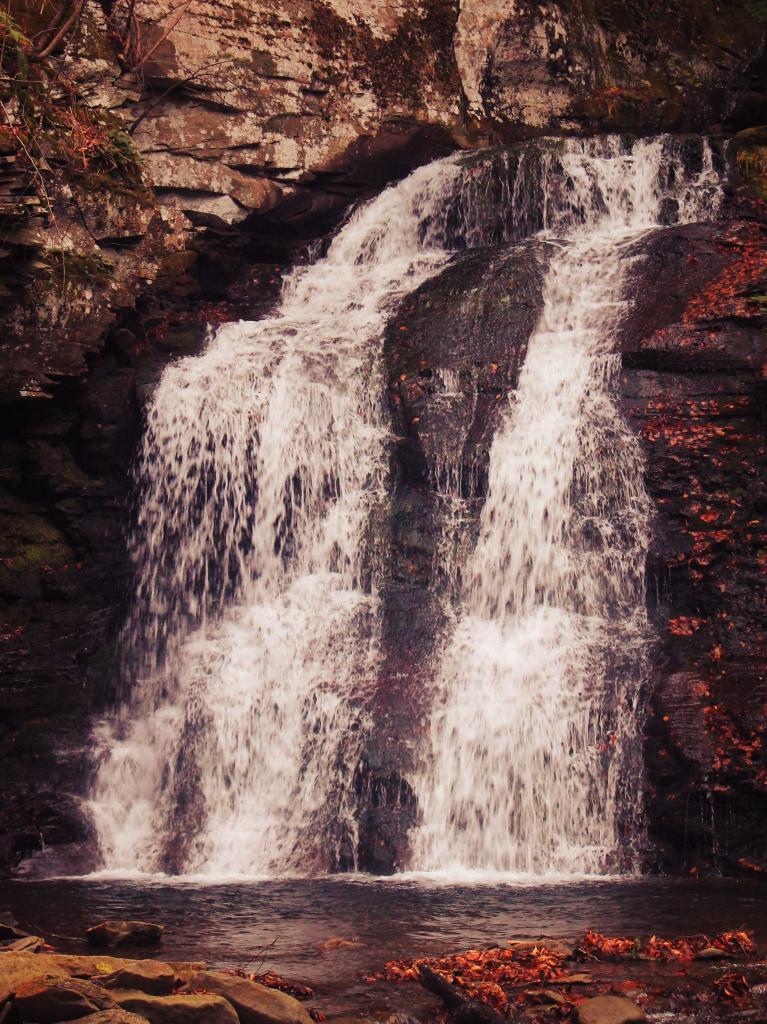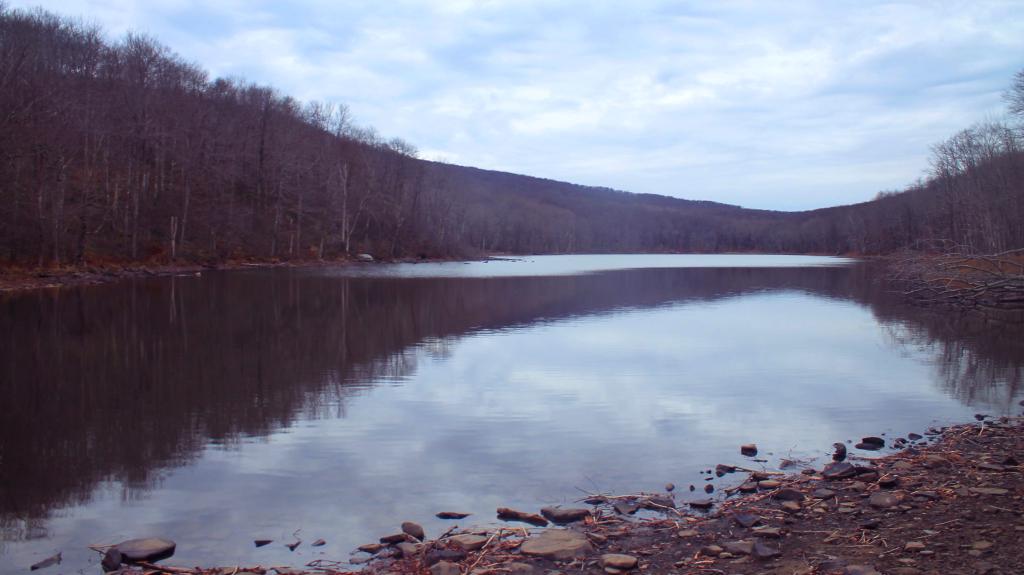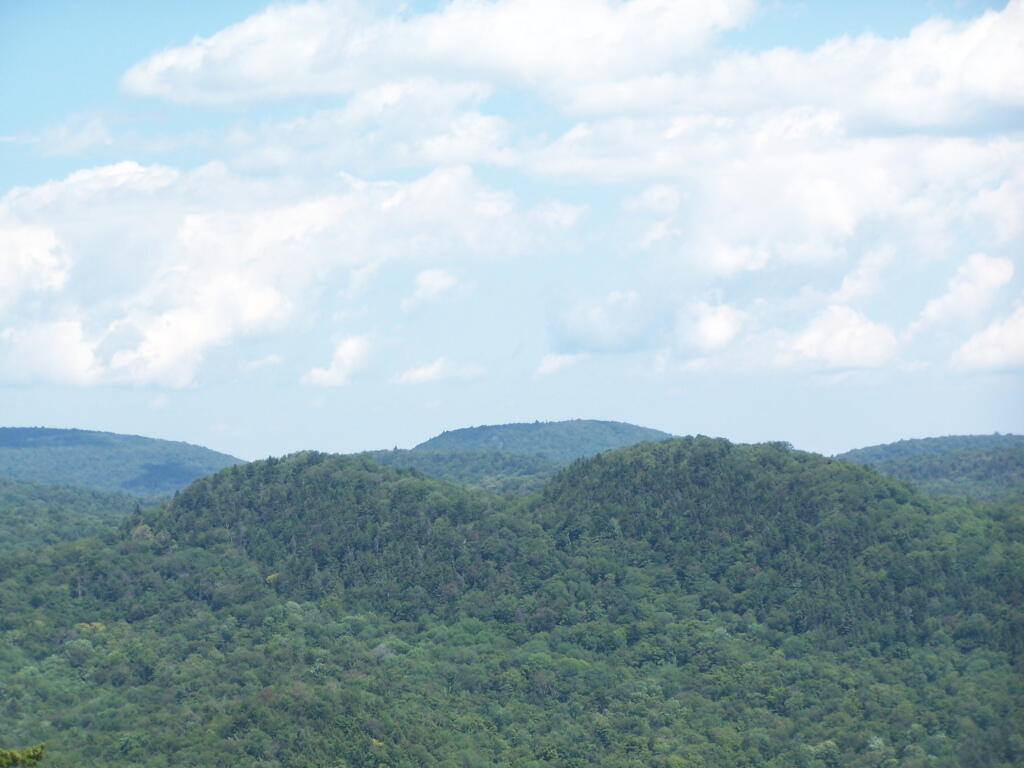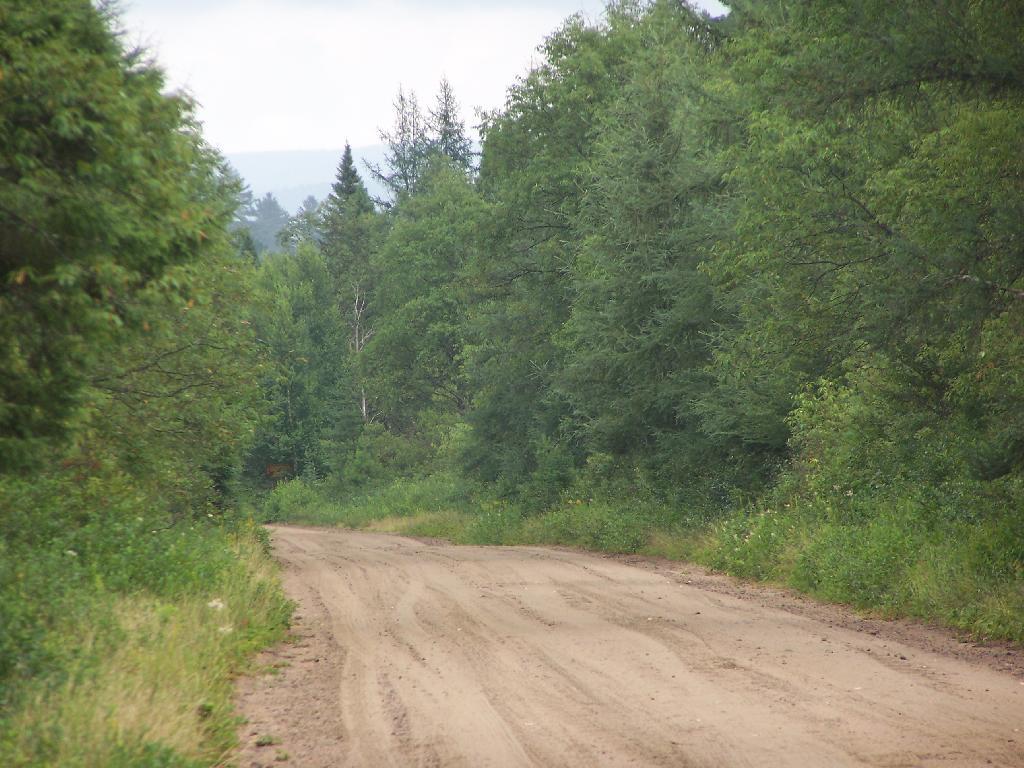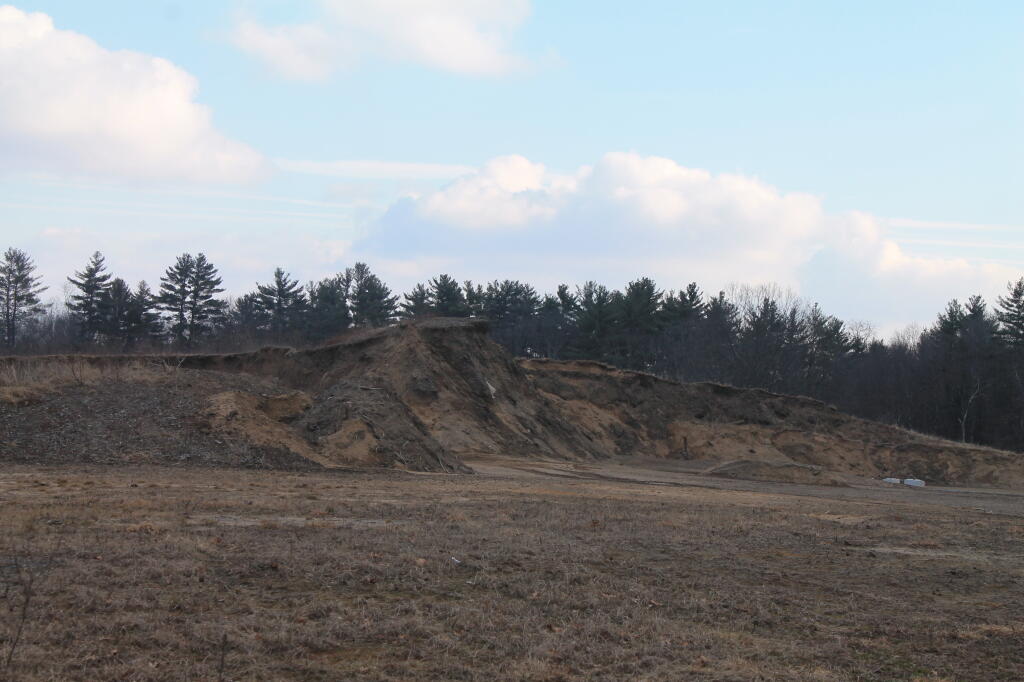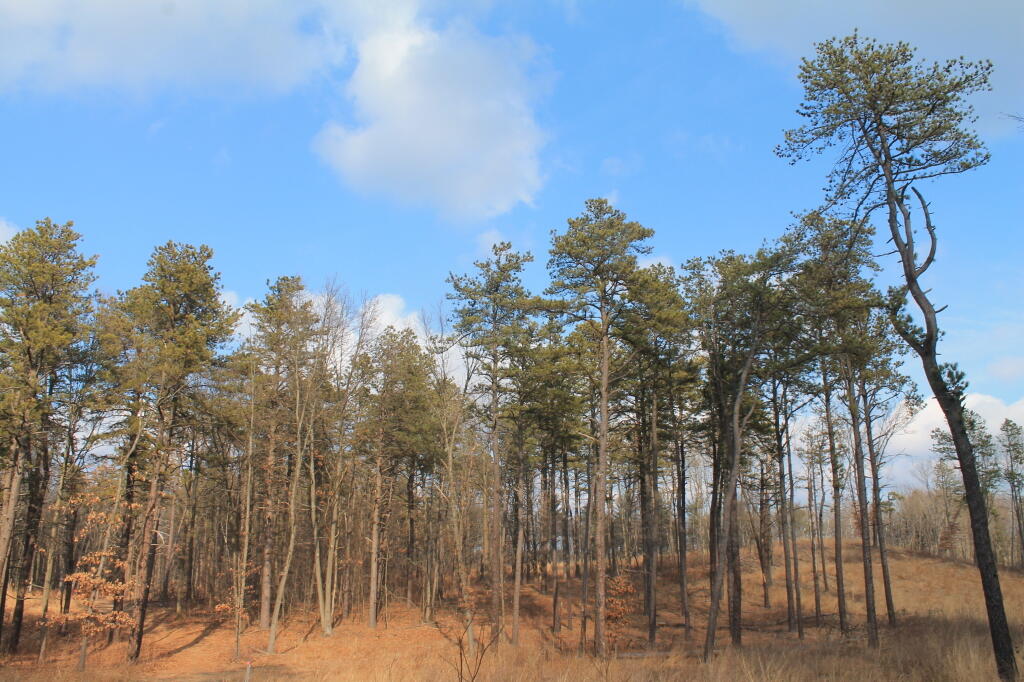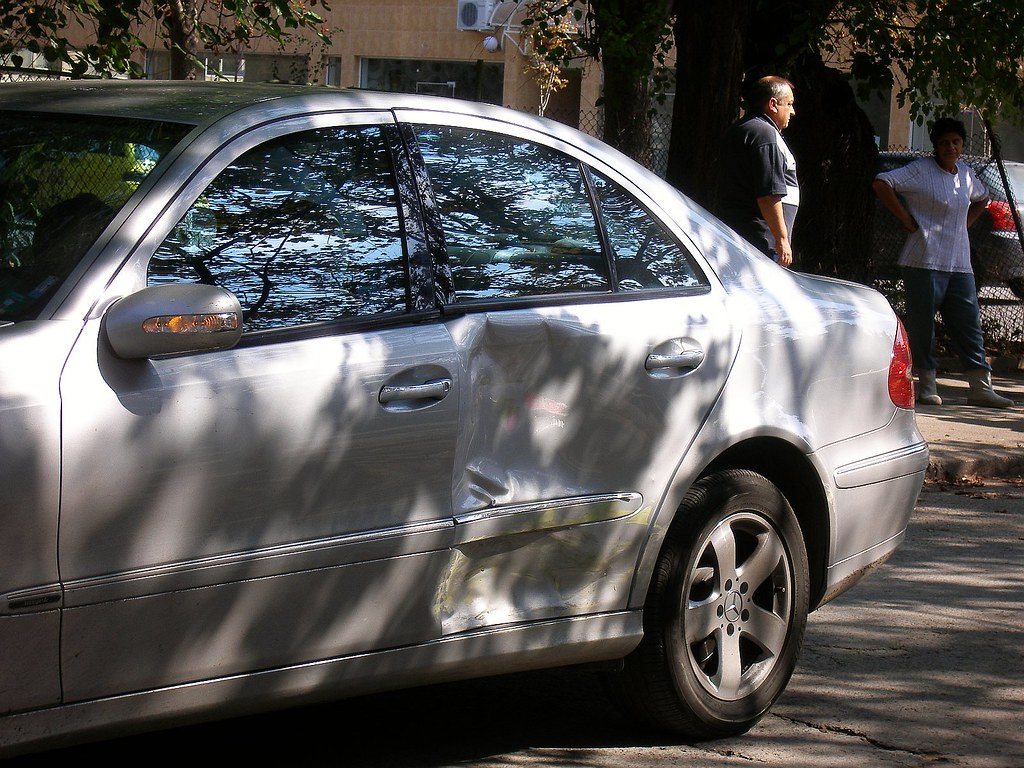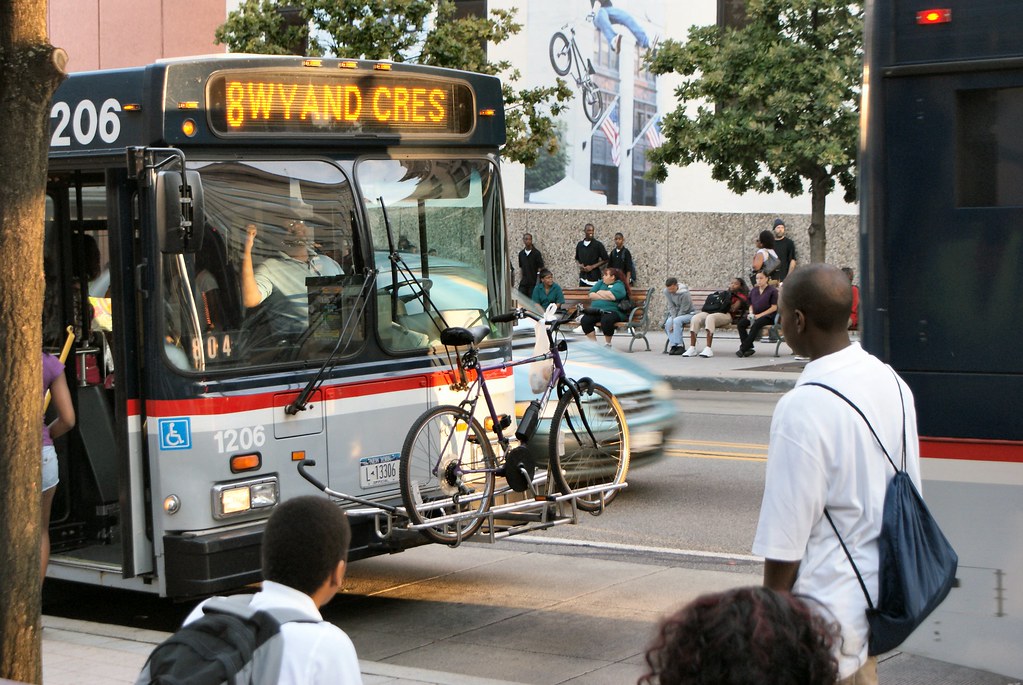It’s already under six inch of dirt in the Rennselear Landfill
And all I can taste and smell this evening is like smoldering garbage in a burning barrel. That kind of yuck.
This morning I started out my day trying to recover whatever historical documents I could from John Wolcott’s house which was severely burned and roof collapsed after a Sunday evening fire that jumped from a neighboring house, turning John’s archives in his attic into a raging inferno and leading to an emergency demolition at noontime today when the big diesel trucks lined up on Sheridan Street waiting to haul away the pulverized remains of 344 and 346 Sheridan Avenue rapidly removed by Di’Tonnonio and Sons’ Excavator. Another Dutch building pulverized with all its contents and covered with dirt at the Dunn Landfill in Rennselear.
I think we recovered a lot. Most of John’s files I had been going through over the past five years were saved, as much of the water damage occurred in other parts of the house. The Fort Orange and DASNY files were safe. Certainly the best of it wasn’t soaked. All the stuff upstairs was lost, as the fire was fed by decades of dry paper consisting of maps, photocopies, books and original research. Anything I hadn’t seen was lost and probably at this point with his failing memory is forever gone. That said, so much of it before the fire was faded photostat documents and with notes disjointed and memories faded its not clear how much was worth saving even before the fire. Even some of the fabled files that John Wolcott always talked about probably never existed or where just exaggerations of facts after talking with Jim Lafferty. It’s quite possible that the Democratic machine never wanted them found, although who really cares about the machinations of Dan O’Connell and Jim Coyne in 2020. Neither are likely to go to prison in the coming years even if they stole tax money and ran booze and prostitution rings more than a half century ago.
The city fire department retrieved a great deal of momentums that John and Linda had on their list to keep. Some of those boxes and books they hauled out where heavy with water. Very professional and caring. They also retrieved some of the files I had sorted, later on we were able to sneak in the back door and grab some more, along with a few other files that remain a mystery. The fire department grabbed the hard drive and computer so hopefully we can salvage the data off of that. Albany Historian and former Assemblyman John McEneny helped us salvage some materials and had some good ideas on how to save them. We are trying to dry what we can, they may take the papers to a freeze drier to salvage them. We stored them in a vacant apartment, they were going to figure out how to preserve later on.
One thing I couldn’t believe was the stink from the fire. I was prepared to go in the building, I knew it would be wet, smokey smelling. I wore old clothes, knowing that I would be covered with soot and ash by the time I had to leave – and planned to take a shower when I got home but I had no idea how pungent the smell would be, how I would track it home on my boots and my clothes. Despite taking a shower and washing my hands it’s still on them, it’s in my mouth and nose. Most just from handling documents and my brief run on doors to fetch more. It’s like everything had a sticky tar residue from the fire that reeked of smoldering plastic garbage. I wasn’t in the building more than five minutes and while I handled wet sooty boxes, I couldn’t believe how much rubbed off me.
Linda was very concerned about retrieving clothing and things like makeup from the building. That seemed so trivial to me when history was about to be forever pulverized and buried in the Dunn Landfill within a few hours. Her sister was very concerned about that but I couldn’t imagine even after washing you would want to wear any of the clothes. Certainly the fire department didn’t. Russell salvaged some of the bags of clothes but they were so wet and nasty. I thought it silly when there might have been more historical documents to save. Minutes before history lost, rather than trying to sneak in and save wet and terribly pungent clothing. Maybe it’s more salvageable then wet historical documents, and it’s better than it all going to the Rennselear Landfill this afternoon but nothing was historic or not easily purchased with money from the insurance settlement. Trying to save the new chair or chest freezer they had was pointless.
Truth be told, probably a lot more could have been salvaged from the landfill had we had a bit more time. The downstairs while water damaged especially in the back had very little fire damage. The first floor was in little risk of collapse even though the top floor was a mess. Probably in a rural or even suburban town the burned building would have sat for a while before demolition. And ultimately if labor was cheaper and material more expensive like 50 years ago, they could have saved the bottom floor while replacing the top. Assuming that they could get rid of that smell. It was so pungent! But today, the landfill is king, buildings are disposable, used for a few years to be thrown away like everything else.
They talk about all this green stuff and feel good recycling of tin cans and plastic bottles in front of every suburbanites house. But the truth is laid bare after a house fire when everything is pulverized and hauled to the landfill whether it was damaged by fire or water or not. Momentums are considered salvageable but nothing else is. Anything else you can remove is insurance fraud. And too risky, the building could collapse unexpected after the damage of the fire and water we are told. No time to seperate out the asbestos or the television or the vinyl records or the smokey, soaked rug or furniture before its buried in the landfill. The potent greenhouse gas HFC refrigerant in the refrigerator and air conditioner must be vented to the atmosphere as the building must come down, pulverized and be hauled to the landfill as soon as possible.
Maybe speed was of the essence and the building posed an immediate threat to public safety. The city engineer did and he understood better than any of us how a building could suddenly collapse. The building was old, the neighborhood had rapidly deteriorated since a drug rehab center had opened across the street. Gunfire rang out on the street minutes after I walked up it the last time I visited John to go through files. Plus the fire made everything stink so badly. Yuck. It would have been a job to restore such a mess. But in an era of greater material scarcity it probably would have happened. Probably not a lot of value at least on paper with today’s economy.
I’m just glad no one was hurt and we recovered a lot of important papers although certainly many others were lost. That house was a mess, it was full of papers and random junk. It inspired me to go on a purge of some of my own filing cabinets and discarding worn clothing so that I have less junk. Makes me even more resistant to getting more stuff. I didn’t grow up in the era before computers but I can’t imagine ever having nearly as much paper as Mr. Wolcott once had. If it’s important and I’m likely to use , scan it in. Otherwise, toss it. I know I won’t be saving nearly as much anytime random stuff in my future.
